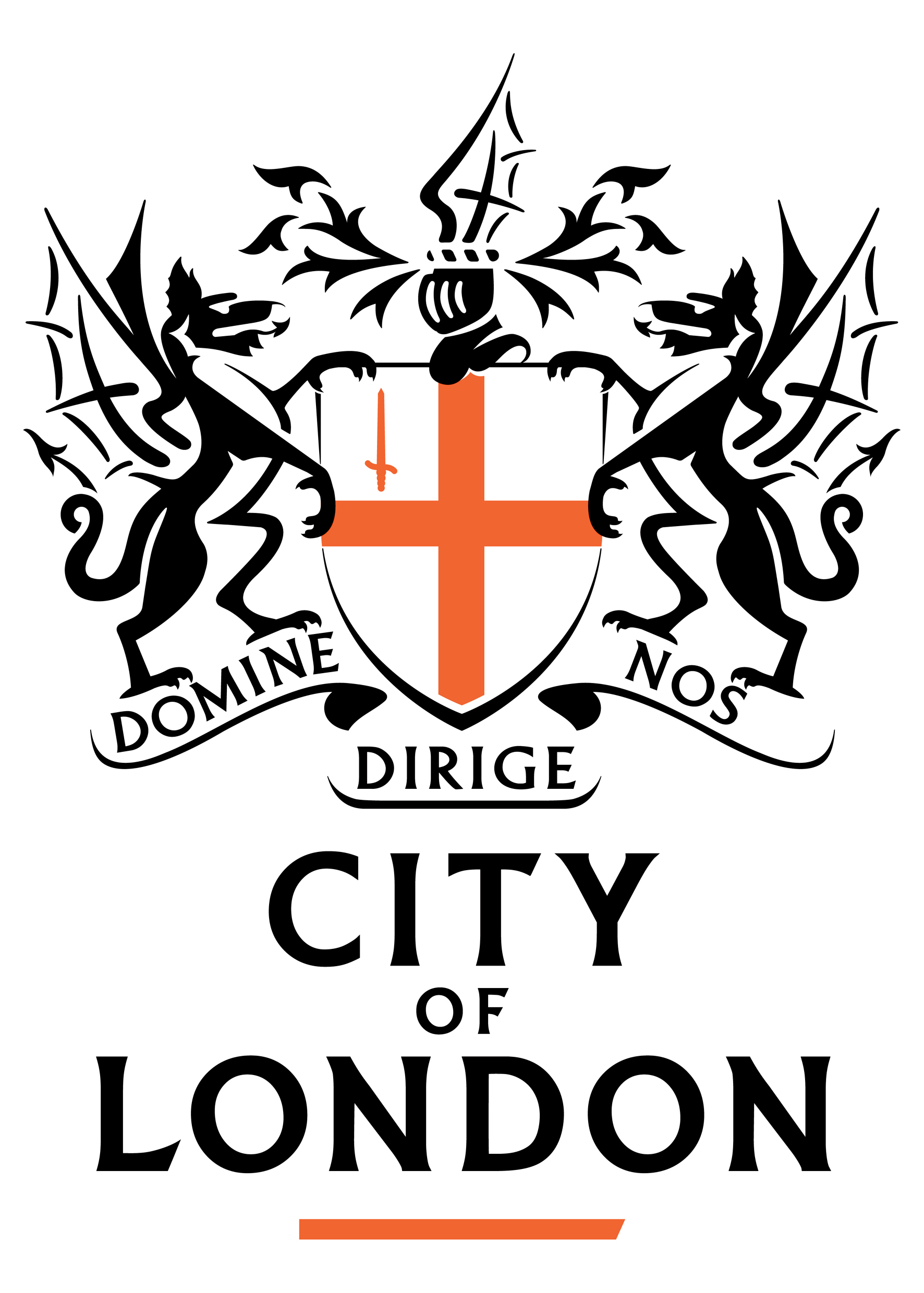
- You are here:
- Agenda item
Agenda item
Draft Air Quality Strategy 2025 to 2030
- Meeting of Port Health & Environmental Services Committee, Tuesday, 7th May, 2024 11.00 am (Item 9.)
Report of the Interim Executive Director for Environment.
Minutes:
The Committee received a report of the Interim Executive Director for Environment, concerning the approval of the draft Air Quality Strategy 2025 to 2030’s aims, and to approve the draft Strategy to go out to public consultation. Following the introduction to the Strategy, Members asked questions and made comments, as detailed below:
The recent data showed that the level of nitrogen dioxide was within the national targets. However, officers were aware of the areas and roads of concern referenced by Members, and the strategy contained specific action to address the areas that exceeded the targets. With specific regards to the re-routing of traffic at Bank Junction, several surrounding areas were being monitored to measure the impact of displacement. The specific data would be included in the next annual report received by the Committee and could be highlighted in the final report.
Members referenced the high percentage of nitrogen oxide originating from boilers and generators and commented that the balance of pollution from demolishing versus refurbishing buildings was absent from the Local Plan and should be included. Officers would speak with the Corporation’s planning team on this point. Members also encouraged stronger wording on encouraging alternatives to diesel engines for generators. Later, Members heard that diesel generators were regulated to meet the latest Euro Standards, and that site visits take place to ensure best practice was being followed. However, there was currently no ultimate solution for diesel engines. Members also heard that a Private Member’s Bill had been introduced to tackle this issue to assist London Local Authorities to tackle non-transport sources of pollution, which was used as a mechanism to discuss additional regulatory powers, but that the Corporation currently had no power to control generators.
It was noted that the Health and Wellbeing Board had received the draft Strategy and has made comments to expand upon the health issues and health benefits to improved Air Quality.
A study had been conducted to monitor the particulates from the Underground and its air vents. This study had not found a measurable number of particulates from the vents, and officers were liaising with Transport for London, who said that there would be more cleansing of the vents in the future. It was important to continue collaborating and working with other partners, such as the Port of London Authority, to address the pollution that originated from outside the Square Mile.
The pollutant PM2.5 formed 4% of the pollutants and originated from a number of sources. It was further explained that the minimum and maximum concentration of nitrogen dioxide (µg/m³) was 20 and 52, and that 30 µg/m³ was the aim for over 90% of the Square Mile, which was below the current national standard. It was expected that this could reduce further following studies of the data from 2023.
Lastly, suggestions from Members for additions to the draft Strategy included comparisons from previous years, referencing cargo bikes with the Transport Strategy, and graphs showing the pollution drop off on pavements.
RESOLVED – That Members:
· Approve the aims of the draft Air Quality Strategy which set a direction of travel towards achievement for the 2021 World Health Organisation Air Quality Guidelines.
· Approve the draft Air Quality Strategy 2025 to 2030 for public consultation, subject to comments received at the meeting.
Supporting documents:
-
Report - Draft Air Quality Strategy 2025 to 2030, item 9.
 PDF 360 KB
PDF 360 KB -
Appendix 1 - Draft City of London Air Quality Strategy 2025 - 2030, item 9.
 PDF 4 MB
PDF 4 MB